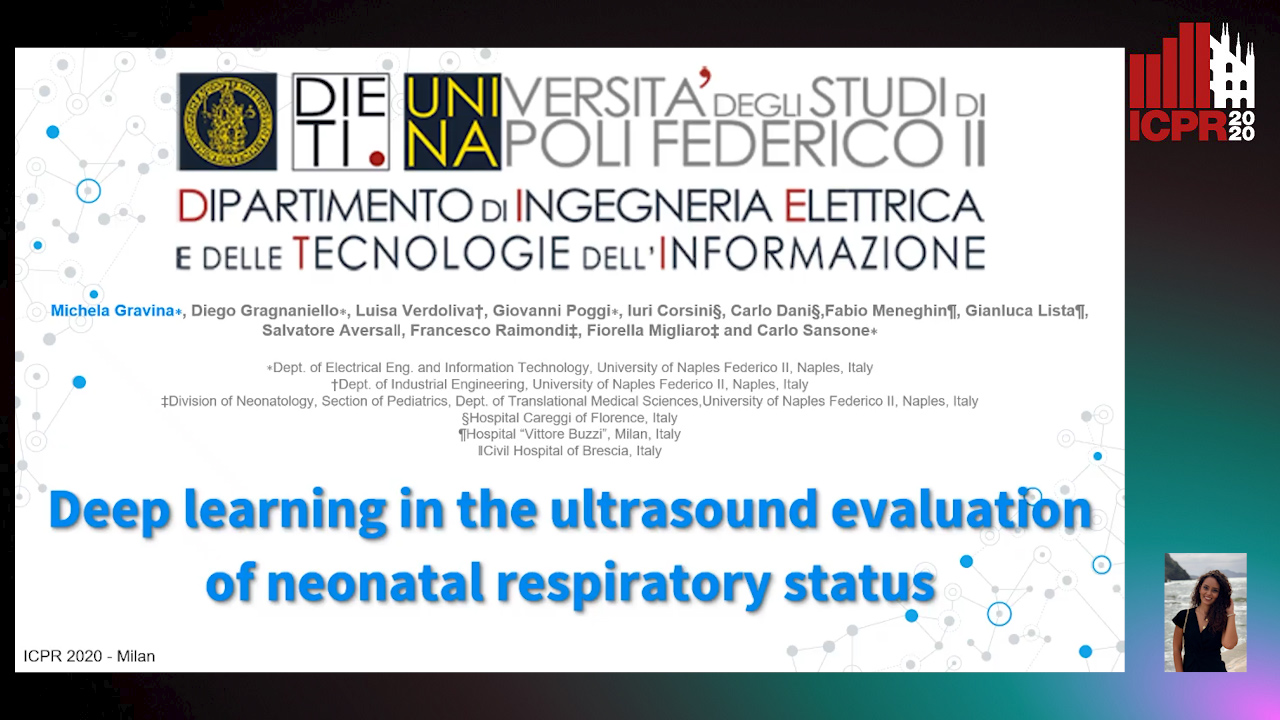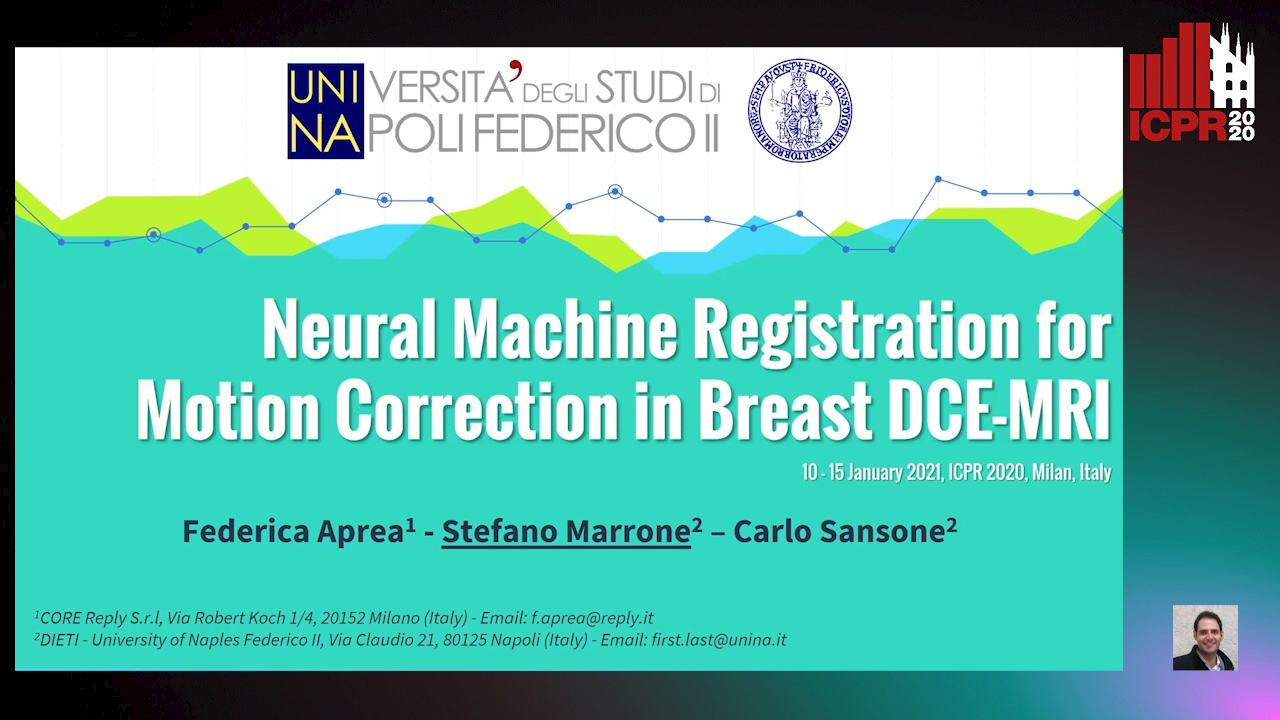Carlo Sansone
Papers from this author
Deep Learning in the Ultrasound Evaluation of Neonatal Respiratory Status
Michela Gravina, Diego Gragnaniello, Giovanni Poggi, Luisa Verdoliva, Carlo Sansone, Iuri Corsini, Carlo Dani, Fabio Meneghin, Gianluca Lista, Salvatore Aversa, Migliaro Migliaro, Raimondi Francesco

Auto-TLDR; Lung Ultrasound Imaging with Deep Learning Networks and Training Strategies: An Analysis and Adaptation
Abstract Slides Poster Similar
Neural Machine Registration for Motion Correction in Breast DCE-MRI
Federica Aprea, Stefano Marrone, Carlo Sansone

Auto-TLDR; A Neural Registration Network for Dynamic Contrast Enhanced-Magnetic Resonance Imaging
Abstract Slides Poster Similar